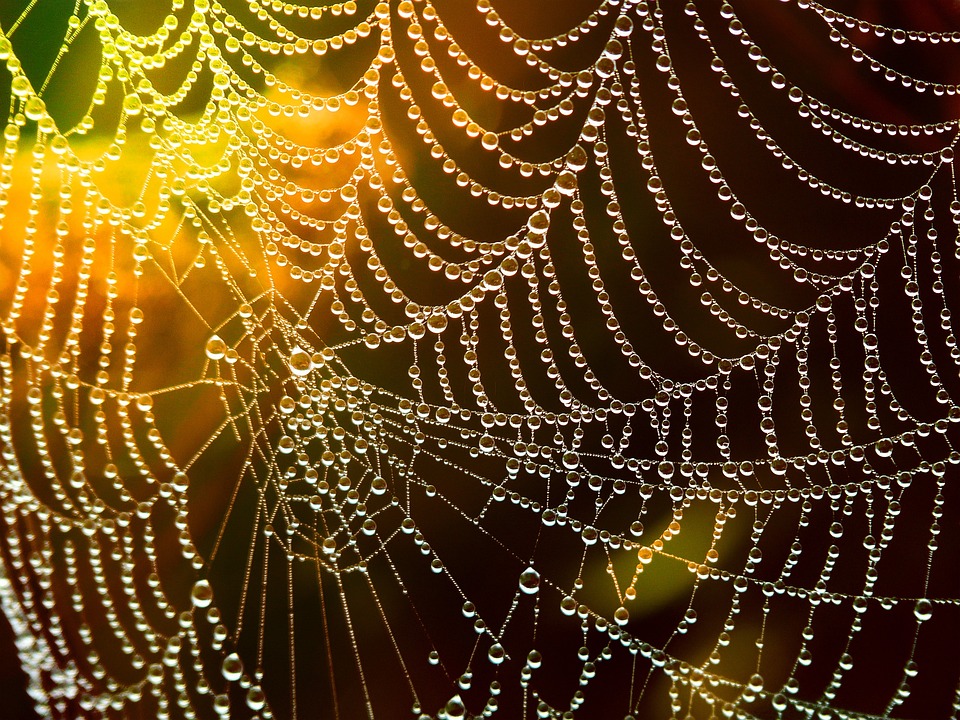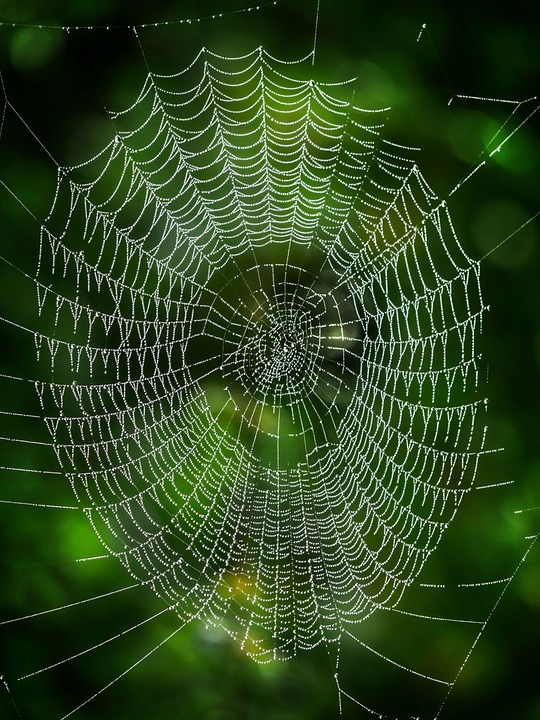The Evolution of Web Design: Top Trends of the Decade
The 2010s were a transformative period for web design, marked by rapid technological advancements, changing user behaviors, and a growing focus on user experience. As the decade comes to a close, it’s a good time to reflect on the most significant trends that have shaped the industry.
1. Mobile-First Design (2010)
The rise of smartphones and tablets prompted designers to adopt a mobile-first approach. This meant prioritizing smaller screen sizes, faster load times, and touch-friendly interfaces. As mobile usage surpassed desktop browsing, mobile-first design became the new standard, with websites and apps designed specifically for smaller screens.
2. Flat Design (2012)
In reaction to the ornate, bevelled-and-shadowed design trend of the 2000s, flat design emerged as a sleeker, more minimalist alternative. Characterized by a focus on typography, simplicity, and negative space, flat design was a game-changer in terms of user experience and visual aesthetics.
3. Responsive Design (2012)
Responsive design allowed websites to adapt seamlessly to various devices and screen sizes. By using flexible grids, images, and media queries, designers could create websites that effortlessly transformed to fit different layouts and resolutions.
4. Parallax Scrolling (2013)
Parallax scrolling, which creates the illusion of depth by layering foreground and background elements, became a popular trend in web design. This visual effect added an engaging dimension to websites, enhancing the user experience and showcasing creativity.
5. Material Design (2014)
Google’s Material Design philosophy emphasized a focus on texture, color, and animation. Inspired by real-world materials like paper and fabric, Material Design influenced the creation of intuitive, interactive interfaces that mirrored the look and feel of physical objects.
6. Flat UI Colors (2015)
Flat UI colors, such as the popular flat blue, bright colors, and monochromatic palettes, dominated web design. This trend saw a move away from traditional corporate colors and towards more vibrant, attention-grabbing hues.
7. Card-Based Design (2015)
Inspired by physical card interfaces, card-based design introduced a clean, grid-based layout that streamlined content presentation. This trend saw widespread adoption in digital products like news feeds, dashboards, and messaging apps.
8. Animations and Micro-Interactions (2016)
As web performance and load times improved, designers began experimenting with animations and micro-interactions. These subtle design elements added visual interest, created a sense of dynamism, and enhanced the overall user experience.
9. Voice User Interfaces (VUIs) and Chatbots (2017)
The rise of voice assistants like Siri, Alexa, and Google Assistant led to a surge in Voice User Interface (VUI) design. Meanwhile, chatbots emerged as a convenient way to interact with customers and automate routine tasks.
10. Dark Mode (2019)
As OLED displays and battery life concerns became more pressing, dark mode gained popularity. By reversing traditional light-on-dark designs, dark mode reduced screen glare, extended battery life, and introduced a sleek, modern aesthetic.
Looking Ahead: What’s Next?
As the decade draws to a close, we can expect continued evolution in web design, driven by emerging technologies like:
- AR and VR integration: Expect more immersive, interactive experiences as AR and VR capabilities become more widespread.
- Artificial intelligence and machine learning: AI and ML will influence design, allowing for more personalized and dynamic user experiences.
- Accessibility and inclusive design: Web design will focus on ensuring equal access for all users, with features like audio descriptions, screen readers, and customizable interfaces.
The web design landscape has undergone significant changes over the past decade. As we enter a new era, designers will continue to innovate, incorporating cutting-edge technologies and best practices to create a better, more user-centric online experience.
#Evolution #Web #Design #Top #Trends #Decade





Der Bereich für das Automatenspiel öffnet täglich von 12 bis 4 Uhr.
Vom Automatenspiel bis zu den klassischen Tischspielen wie beispielsweise Poker, Roulette und
BlackJack. Das casinoeigene Parkhaus ist von 12.00 bis 4.00 Uhr geöffnet
und befindet sich direkt neben der Spielbank.
Untergebracht in einem prächtigen weißen Gebäude, zuvor als “Hotel Esplanade” genutzt (daher der Name), ist das
Spielcasino ein Symbol für Luxus, Eleganz und stilvolles Glücksspiel.
Im Cash Game wird täglich im Esplanade mit unterschiedlichen Limits an mehreren Tischen gespielt.
Wenn das Wetter es zulässt, kann man mit einem fantastischen Blick auf den Mahler-Park auf
der Terrasse einen schmackhaften Snack zu sich nehmen, wofür das Catering des Restaurants Tarantella sorgt.
Auch an den Pokertischen legt man im Casino Esplanade großen Wert auf ein elegantes und gepflegtes Erscheinungsbild.
An 18 Spieltischen findet der Gast die Möglichkeit,
seiner Passion nachzugehen. Der Herr erscheint gepflegt im eleganten Sakko und die Dame wählt ein elegantes Outfit,
beispielsweise ein schickes Kleid oder ein schönes Kostüm.
References:
https://online-spielhallen.de/rizk-casino-erfahrungen-ein-detaillierter-blick-auf-meine-spielerlebnisse/
From a player’s perspective, it is fairly simple. Online gambling in Australia is governed by
the Interactive Gambling Act of 2001, and contains a lot of information that operators need
to know. If you or someone you know has a gambling problem, please visit GambleAware,
GamCare, or Gamblers Anonymous. Make sure you check that the site
you pick is licensed by a respectable gambling regulator.
The ACMA has also banned a few operators from Australia, going as far as blocking their sites.
With over 8,000 games to choose from (from 60 different game providers), it’s easily one of the biggest collections of games we’ve
seen from a real money online casino. The best Australian online casino real money site welcomes new players with
a versatile bonus that is perfect for all bankrolls. For a safe and enjoyable experience, play
only at the best real money online casino Australia offers,
like the trusted sites we’ve featured here. Yes, pretty much
all online casinos in Australia offer bonuses these days.
PlaytechPlaytech is another global powerhouse that supplies a wide variety of pokies, table games, and branded content to Australian online casinos.
online casino that accepts paypal
References:
https://skillsvault.co.za/
us poker sites that accept paypal
References:
icqpro.com.br